THE DEVIL
Myth, Power, Mystery
Press Release
THE DEVIL. Myth, Power, Mystery
Study Room ǀ November 26, 2025 to April 26, 2026
The Dark Side of Faith
No other figure has caused as much horror and fascination in Christianity as the Devil. For centuries, believers feared that he and his demons, as God’s adversary, would try to bring disorder into the world at any time. Natural disasters, earthquakes, and epidemics were seen as works of the Devil—as were the personal temptations with which he tried to lead people astray. This idea fed the fear of the torments of hell and deeply shaped Christian belief in the context of everyday culture.
The showcase exhibition THE DEVIL in the Study Room sheds light on the changes and diversity of the image of the Devil—from biblical concepts to depictions in popular culture.
From the Bible to the Imagination
While biblical writings and tales of saints usually clearly defined the image of religious figures, the appearance of the Devil remained surprisingly vague. It was precisely this leeway that fired the imagination of artists: over the centuries, countless depictions have been created in which the Devil is seen in ever new, often grotesque guises. Sometimes he appears horned, sometimes scaly, sometimes animal- or human-like—but always as a threatening projection screen for evil par excellence. In this way, art history reflects the changing fears, moral concepts, and power interests of society.
Instrument of Exclusion
Not only does the exhibition take a look at the variety of devilish representations; it also shows how the image of the Devil was used in a targeted manner: anyone who was considered “possessed by the Devil” was quickly ostracized or persecuted. Harnessed by supposed heretics or unpopular groups—the fear of demonic powers served as a powerful means of discipline for centuries. The exhibition sheds light on these historical developments and invites visitors to reflect on the role of fear, power, and faith—and on the traces the Devil has left behind in our culture to this day.
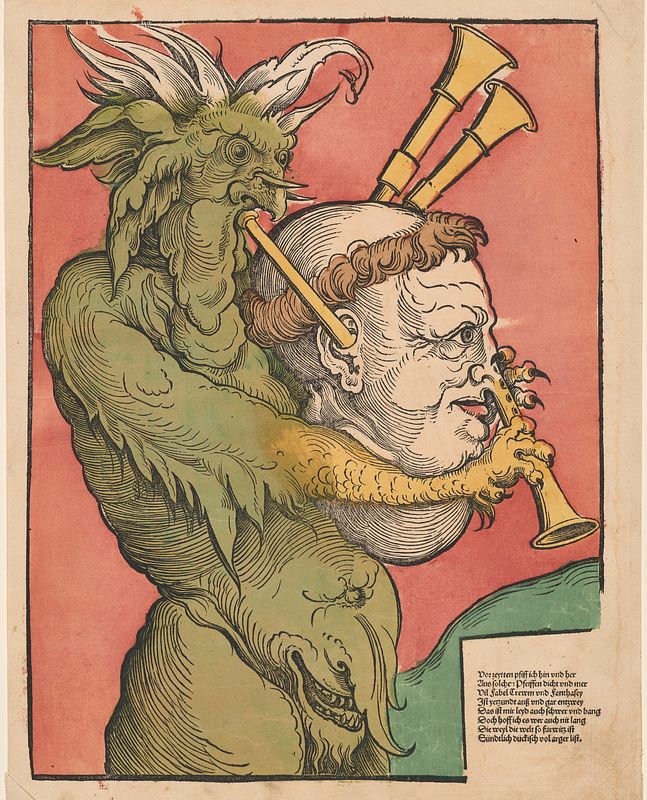
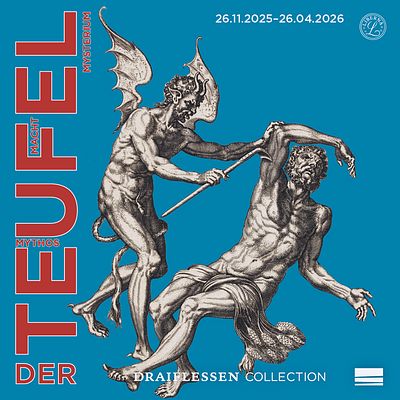
DER TEUFEL. Mythos, Macht, Mysterium

Erhard Schön (zugeschrieben), Des Teufels Sackpfeife, um 1530-1535 [als Faksimile in der Ausstellung]
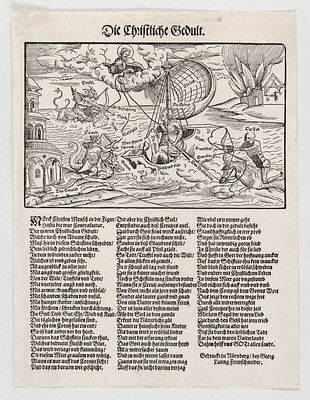
Hans Sachs, Die Christliche Gedult, Nürnberg: Georg Lang Formschneider, ca. 1580
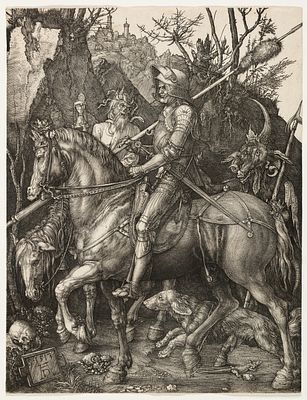
Albrecht Dürer, Ritter, Tod und Teufel, 1513
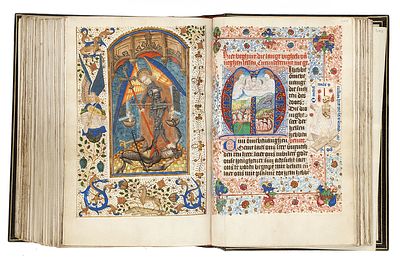
Nördliche Niederlande, Delft, Stunden- und Gebetbuch, ca. 1480, illuminiert vom Meister von Beatrijs van Assendelfts Vita Christi und den Meistern der Delfter Halbfiguren
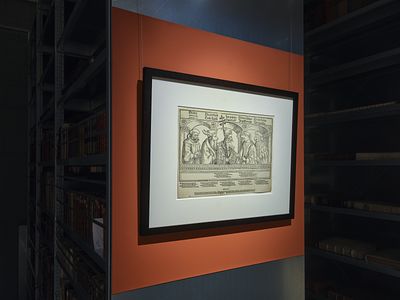
Exhibition view THE DEVIL
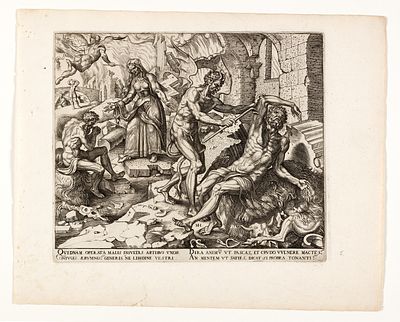
Philips Galle (nach Maarten van Heemskerck), Satan bestraft Hiob mit Geschwüren, 1563
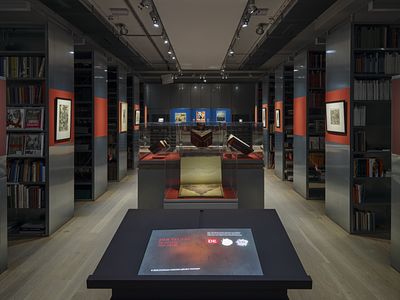
Exhibition view THE DEVIL
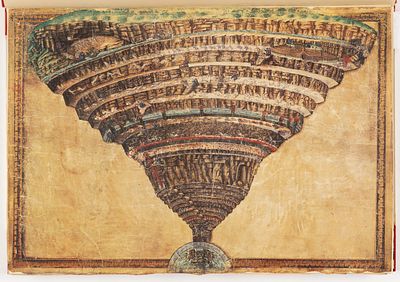
Sandro Botticelli, La mappa dell’ Inferno, Illustration zu: Dantes Divina Commedia, Faksimile zu Codex Reg. Lat. 1896 in der Biblioteca Apostolica Vaticana [als Faksimile in der Ausstellung]
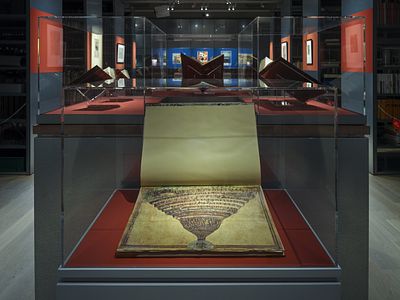
Exhibition view THE DEVIL

Exhibition view THE DEVIL
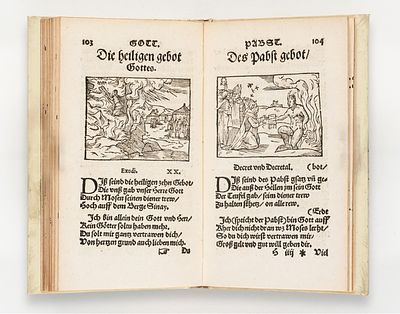
Simon Rosarius, Antithesis. Das ist kurtze beschreibung Christi und des Antichrists, Heidelberg: Johann Mayer, 1563
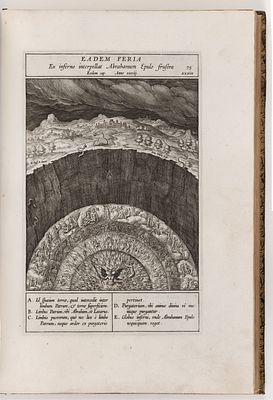
Hieronymus Natalis, Evangelicae Historiae Imagines. Adnotationes et Meditationes, Antwerpen: Martinus Nuyts der Jüngere, 1595
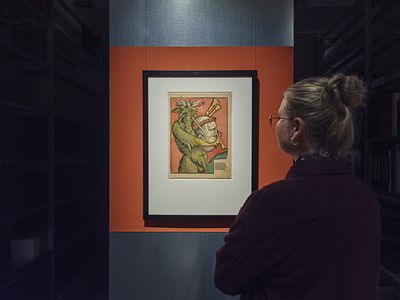
Exhibition view THE DEVIL